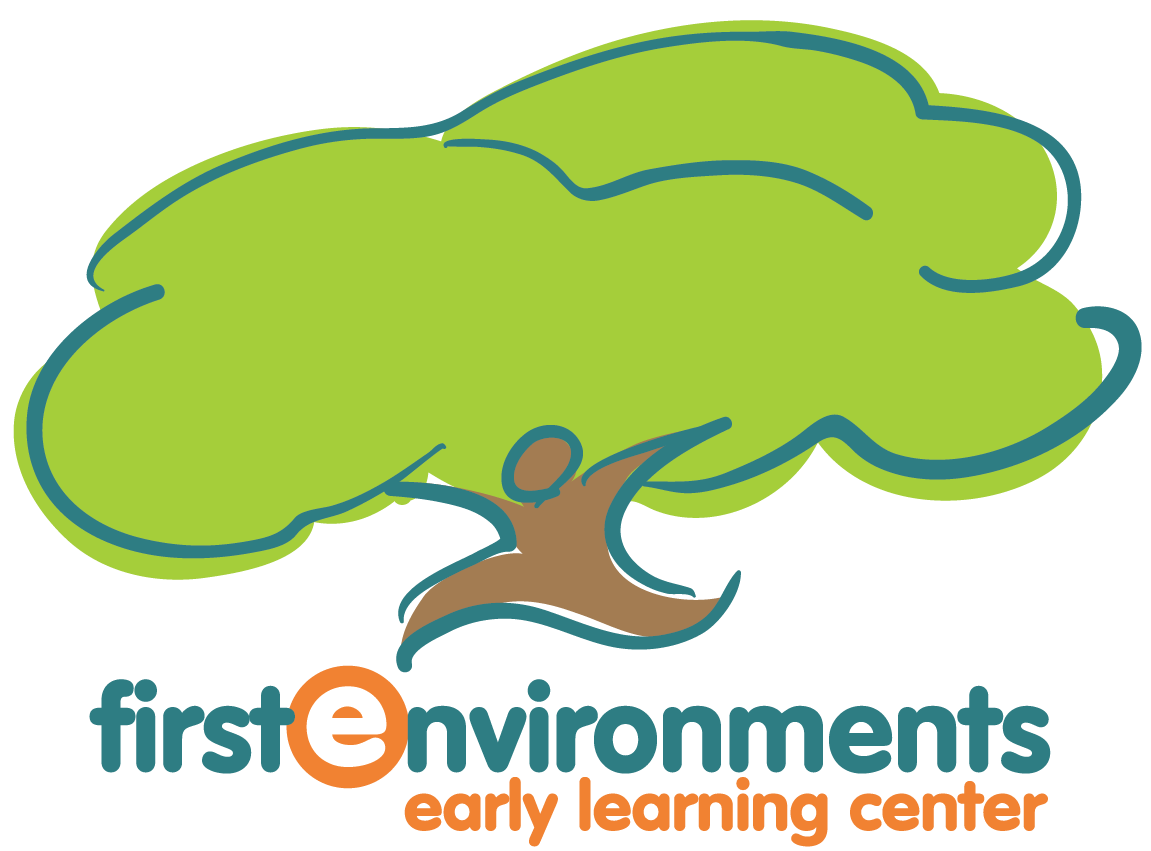1.0 DESCRIPTION OF THE CENTER
1.1 Purpose (Mission)
The purposes of the Center are to support First Environments families and to provide quality programming. We believe that children, their families and society all benefit from a high quality early childhood program and that there is a critical link between a child’s early experiences and later success in life. The mission is to provide a model program responsive to the changing needs of children, parents, staff and community. The program supports a strong working relationship among children, teachers, parents and community.
1.2 Management Philosophy
First Environments provides employees’ children with a caring, safe, and secure environment that uses a child-centered curriculum. This type of curriculum is based on the emotional, physical, social, and cognitive needs of the individual child. The developmental needs of the child are used to determine appropriate activities carried out with that child. Because children grow and develop at different rates, this approach offers them the opportunity to explore each area of development at their own pace.
The staff of the Center creates an atmosphere of support and affection as well as provides the materials, equipment, and experience required to optimize the experiences of each child. They also serve as examples to the children, since children learn as much by observing others as they do so by direct instruction. The teaching staff acts as facilitators rather than directors of activities.
The environment is carefully planned based on an assessment of the children’s skills. Planning is most obvious by the presence of “learning centers” that enhance thinking through expressive, communicative, and cognitive activities. These centers include art, dramatic play, manipulative or small motor skills, gross motor play or blocks, sand, water, books, listening, and other areas. Teachers make available a wide variety of activities in each “learning center.” Their exploration of a well planned and enriched environment is usually self-initiated. These “learning centers” change and develop based on varying interests of the classroom children. Because of the variety of materials, children can learn several different skills in each center. A sense of responsibility and powerfulness is also promoted by allowing children to choose their own activities.
Some of the attendant beliefs of a developmentally appropriate, child-centered curriculum are:
- Play is the child’s way of working and learning.
- Children’s play becomes their work as they discover new materials in the environment.
- Learning is what children do—it is not something that is done to them. The classroom environment will be designed to encourage self-learning with guided practice from the teacher.
- Children grow and develop at unique, individual rates that are often unrelated to their ages.
- Classroom activities should support this developmental approach for each child.
- Every child has the right to feel good about him/herself.
- Emphasis on the child’s positive self-concept will be the focus of many classroom activities.
- Children’s natural curiosity and eagerness to learn are enhanced if children are free to follow their natural interests.
- A discovery approach to learning will be incorporated in the classroom to encourage and develop children’s curiosity.
- Children learn from interactions with other people.
- The environment will be designed to encourage children to observe other children working, work with other children, and work individually.
- Children need a variety of opportunities in order to encourage creativity.
- The classroom will contain learning centers, thereby encouraging simultaneously occurring learning activities. In this way, each child has an opportunity to work in a variety of centers using a variety of materials.
1.3 GOALS
The goals established by the purposes and philosophy of the Center are:
- To accept children as individuals to nurture their individuality and creativity.
- To promote critical thinking so that children can verify and validate information.
- To expose children to a variety of experiences to increase their mastery of a variety of skills.
- To encourage children to be active and resourceful in discovering for themselves the world around them.
- To help children learn to trust in themselves and feel confident in their ability to make choices.
- To increase children’s capacity to confront new discoveries and integrate them into their world.
- To foster the ability to be sensitive and supportive of the feelings of others.
- To teach children to approach learning with confidence and joy and be willing to take risks.
- To nurture children’s capacity to make commitments and become involved.
- To help children learn self-control and accountability for their actions.
- To enhance the child’s mental processes by building confidence and self-esteem.
- To provide children with an environment devoid of sexual, racial, religious, or economic bias.
- To encourage parent input and participation.
- To provide an atmosphere for staff that will attract and retain well trained personnel, by maintaining positive working conditions and challenging educational experiences.
- To always supervise infants, toddlers, and preschoolers at all times by sight and sound.
1.4 Facilities
Employees are to enter or exit the building through the main entrance. Your employee badges, and parking hang tags are not to be shared with relatives or friends.
Last updated: 1/26/2017

